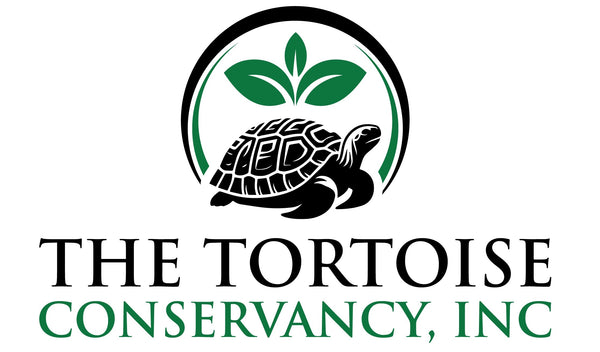
The Economics of Conservation: Funding Wildlife Sanctuaries for Gopher Tortoises
Share
Funding wildlife conservation is a multifaceted challenge, but the rewards extend far beyond the ecological benefits. The creation and maintenance of gopher tortoise recipient sites require innovative financial strategies. These include partnerships with government agencies, private donors, and community organizations. Grants and funding initiatives often target specific aspects of conservation, such as habitat restoration or land acquisition, to ensure the long-term sustainability of these projects.
One unique funding mechanism involves the use of recipient fees, collected when gopher tortoises are relocated from development sites to protected areas. These fees are reinvested into habitat improvements, infrastructure for sanctuaries, and ongoing management. This cyclical approach allows conservation organizations like The Tortoise Conservancy to continuously expand their efforts while maintaining the highest standards for habitat quality.
Wildlife sanctuaries are also a boon to local economies. They attract ecotourists, provide educational opportunities, and foster community pride in conservation efforts. Visitors to sanctuaries not only contribute financially but often leave with a deeper understanding of the importance of protecting species like the gopher tortoise.

Featured Species: Florida Pine Snake
The Florida pine snake is a non-venomous predator that thrives in open, sandy habitats like those found in gopher tortoise recipient sites. This large, powerful snake is an expert burrower and often uses tortoise burrows for shelter. As a key predator of small mammals, the Florida pine snake helps regulate prey populations, contributing to ecological balance.
Because this species is sensitive to habitat disturbance, its presence in a recipient site is a sign of successful conservation efforts. Protecting gopher tortoise habitats indirectly safeguards the future of the Florida pine snake.
